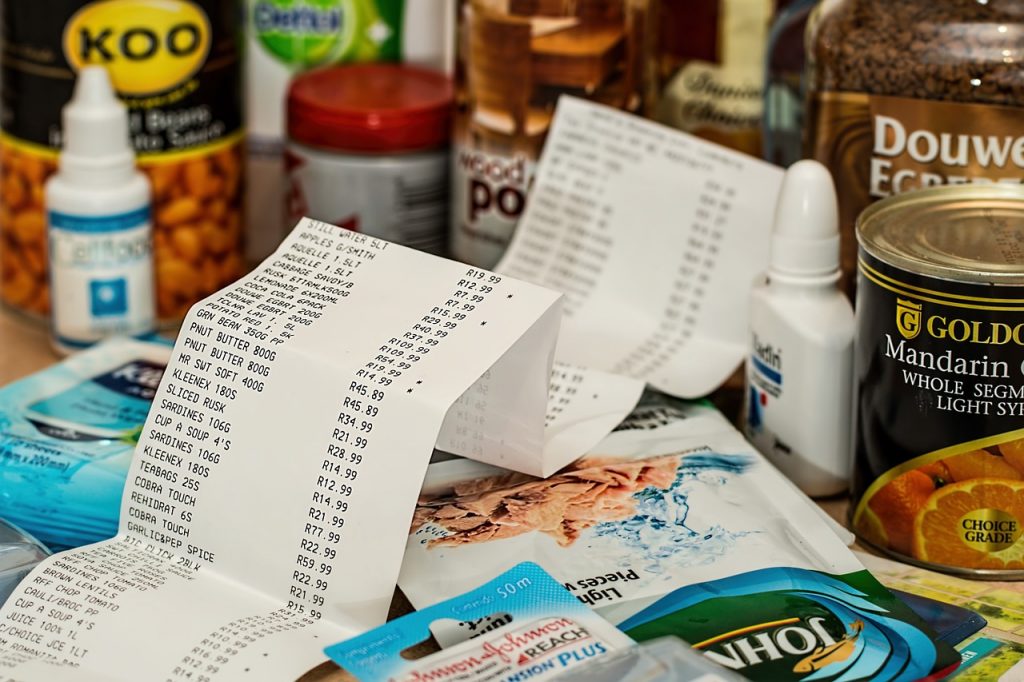The Resourceful Way People Are Saving Money At The Supermarket
Resourceful individuals have found a creative avenue to saving money on food at the supermarket, amid soaring prices.

It’s no secret that the cost of living has gone up exponentially. With ongoing geopolitical turmoil and an unstoppable pandemic, supply chain interruptions have affected almost every industry globally. One of the markets drastically impacted by the climate is grocery stores. Grocery stores have significantly increased product prices nationwide, which has galvanized many to find ways to save money on food. Some people have turned to growing their own food at home to save a few dollars on other expenses.
When you think about cultivating your own crops, you might think about open pastures in the middle of the country. But, many have transformed their city apartments to produce fruits and vegetables adequately. Steven DeGracia from New York City taught himself how to grow food inside his apartment to save money on food. Though he stated that creating a conducive farm inside his home was a lofty investment, he ultimately saved cash from going to the grocery store weekly. With the LED lights he uses to grow his produce, he pays $4 a month in electricity to sustain his indoor garden.
DeGarcia is not alone in his venture to create sustainable produce in tiny, unconventional spaces. Andrew James from Lancaster in northern England invested in gardening at the beginning of the pandemic, galvanized by the soaring cost of living. After attempting to cultivate food inside, he eventually obtained a plot in the community garden to continue his farming. Now, he grows all kinds of fruits and vegetables for his family to eat and helps save money on food from the supermarket. James estimated he saves $40 a month on groceries from eating his own produce, alongside the inexpensive $45 a year payment for the community garden plot.
Across the ocean and towards the west coast of the United States, there’s another inspiring story of home cultivation. Jim Perkins from Los Angeles was galvanized to start growing his own food from the popular documentary “An Inconvenient Truth.” The documentary, released in 2006, revealed uncomfortable facts about climate change and the need for governments and corporations to examine their carbon emissions. Perkins felt the need to grow his produce not only to save money on food but to reduce his carbon footprint as well. He also said homegrown produce tastes better, stating that tomatoes from the store taste “like cardboard.”
Saving money on food is something everyone is striving towards in this challenging economy, and cultivating your own produce is one way to reduce those costs. Homegrown veggies that are easy to sustain for beginners and continue cropping over long durations can help diminish your monthly produce expenses. Spinach and silverbeet (chard) are two leafy greens that are great initial investments for home growing. Other salad greens like mesclun and mizuna are easy to grow and cultivate year-round.
You might not have an innate green thumb, but saving money on food by growing your own is a great reason to attempt remote farming. It might start as a pricey investment, but growing your own crops has been proven to reduce your monthly grocery store bill.











